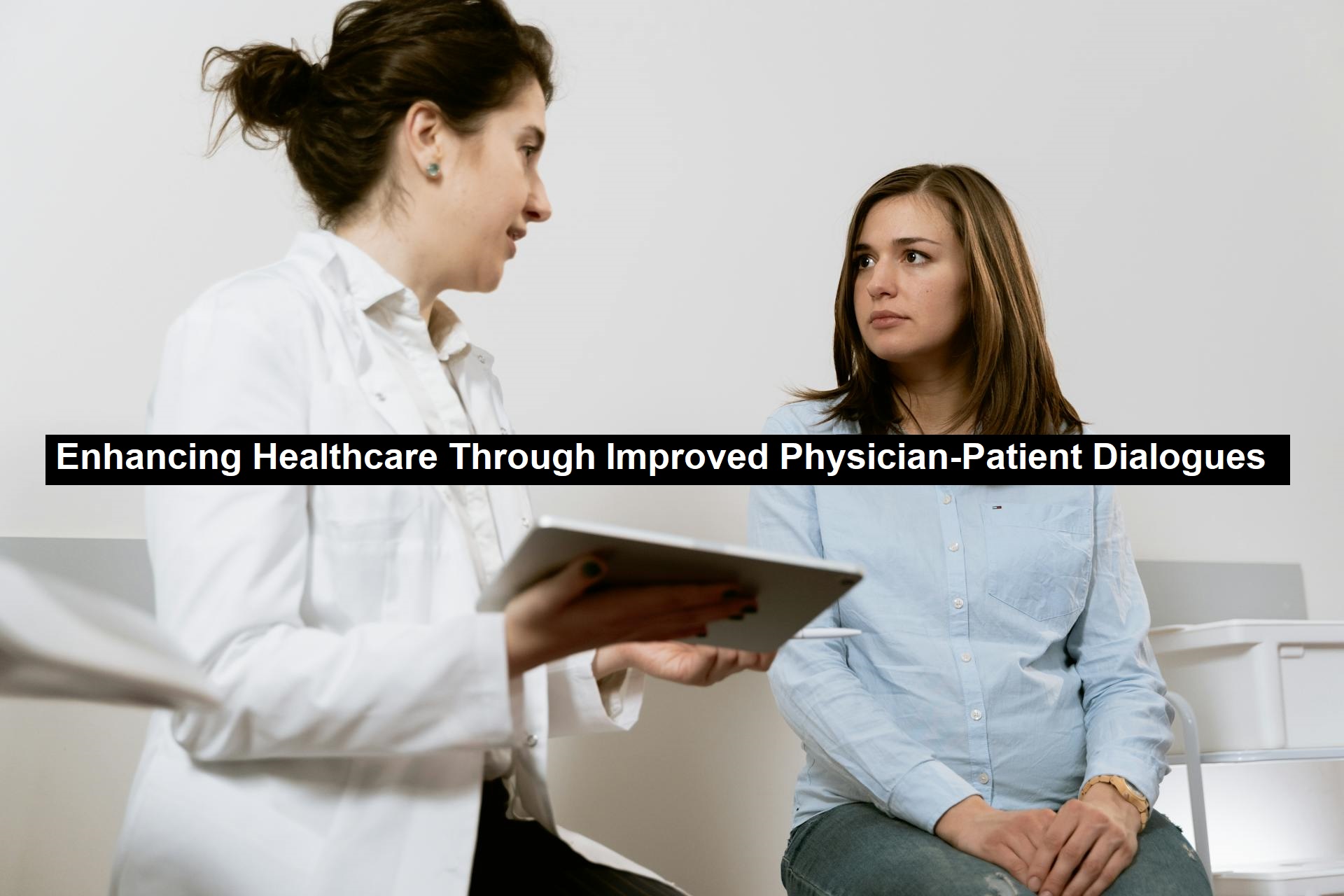The healthcare system’s current landscape presents notable challenges, particularly in the realm of physician-patient communication. Enhancing this dialogue could significantly boost patient satisfaction and outcomes. This overview explores strategies medical professionals can employ to refine their interactions and improve overall patient care.
One prominent barrier to effective communication is the low level of health literacy among patients. Studies reveal that only 12% of adults are proficient in understanding health-related information. This lack of comprehension can hinder communication with healthcare providers, adversely affecting self-care and patient outcomes.
To address these issues, physicians should focus on fostering stronger relationships with their patients. Building trust is crucial and can begin with simple actions like maintaining eye contact and creating a comfortable environment during the initial interaction. Empathy and active listening also play vital roles. A lack of these practices can leave patients feeling overlooked or uneasy. While establishing rapport can be challenging, it’s essential for all healthcare professionals.
Read: Running for Weight Loss? Here’s How to Make Every Mile Count
When discussing treatment options or medical information, attention to tone, word choice, and non-verbal communication is crucial. These subtle aspects can greatly impact how patients perceive their care. Additionally, encouraging patients to repeat instructions on self-care or medication use reinforces their understanding and strengthens the patient-physician bond.
On a broader scale, improving patient outcomes can also be achieved through organizational changes. For instance, increasing appointment times could help address patient needs more thoroughly, even amidst staffing shortages and high workloads. Encouraging regular follow-ups reassures patients of their ongoing care and commitment.
The Importance Of Physician-Patient Communication was contributed by Endicott Call Center, a provider of 24 7 call answering services
For additional insights on enhancing physician-patient communication, please refer to the supplementary resource provided.



